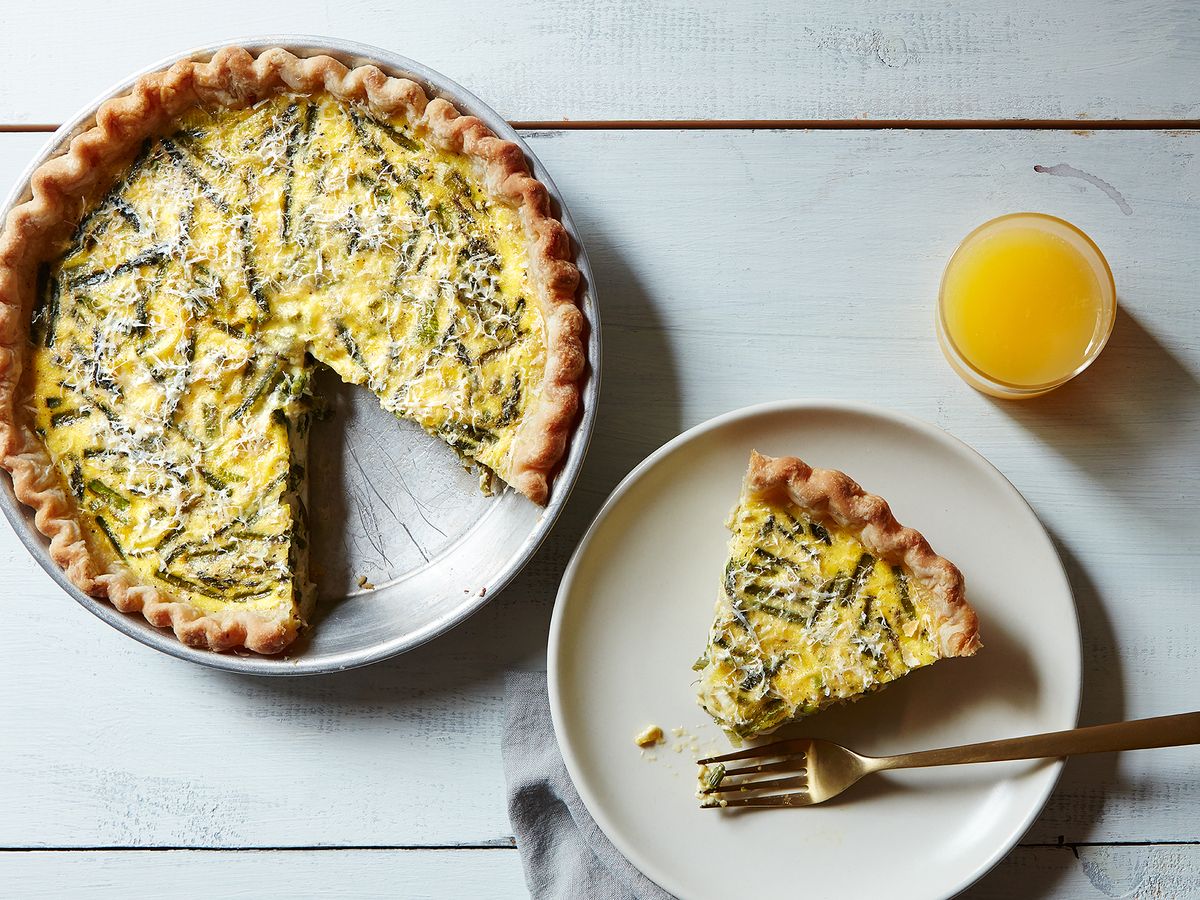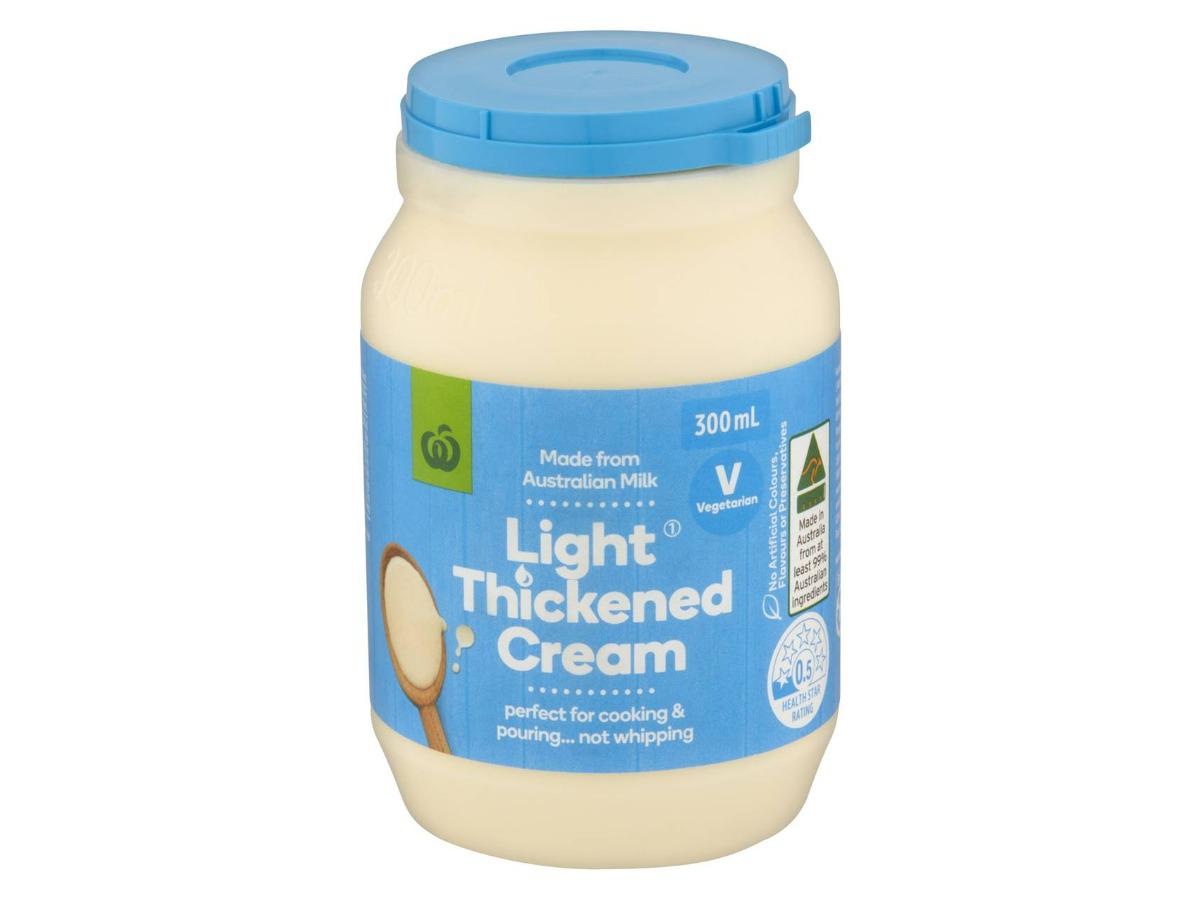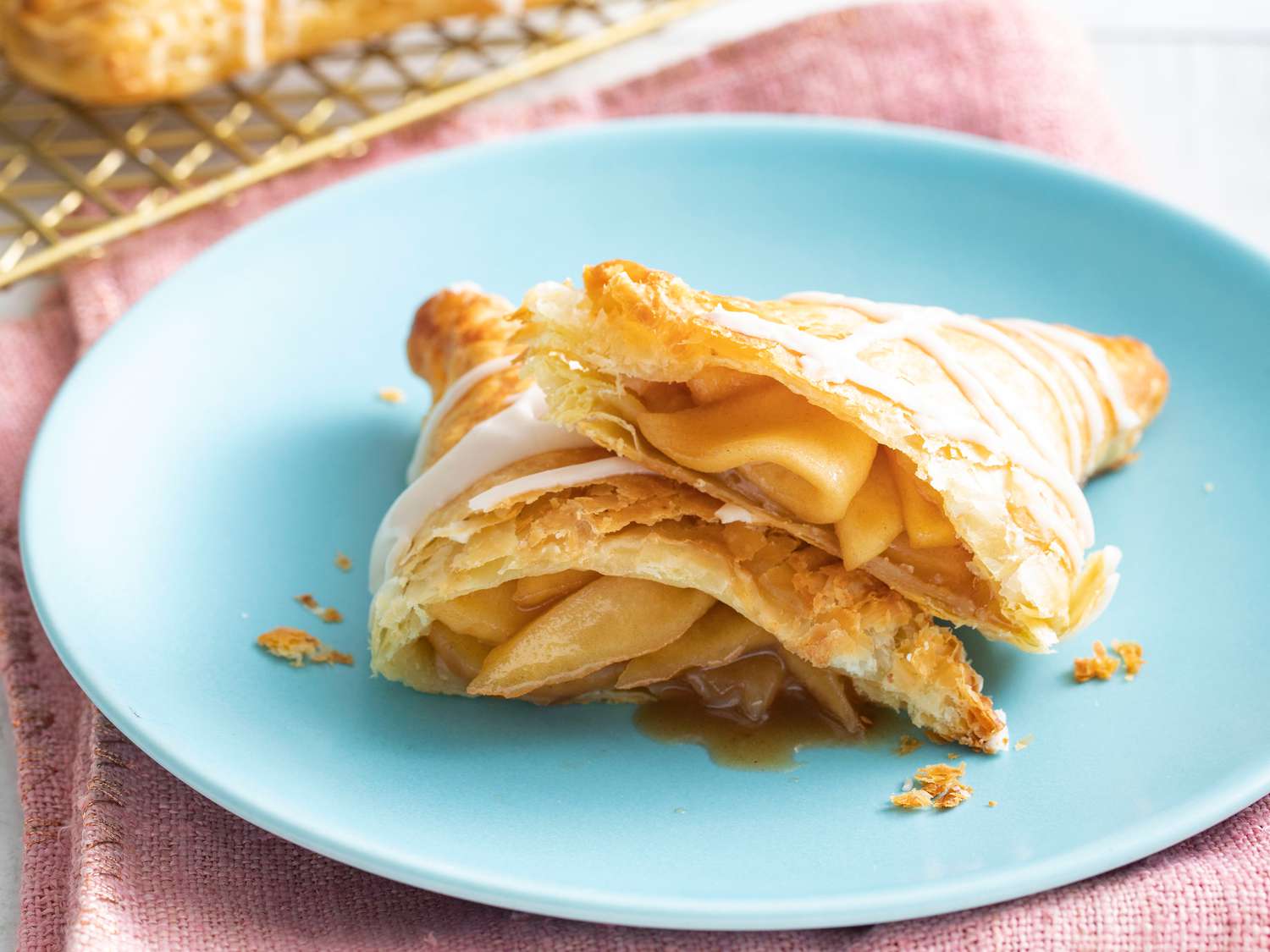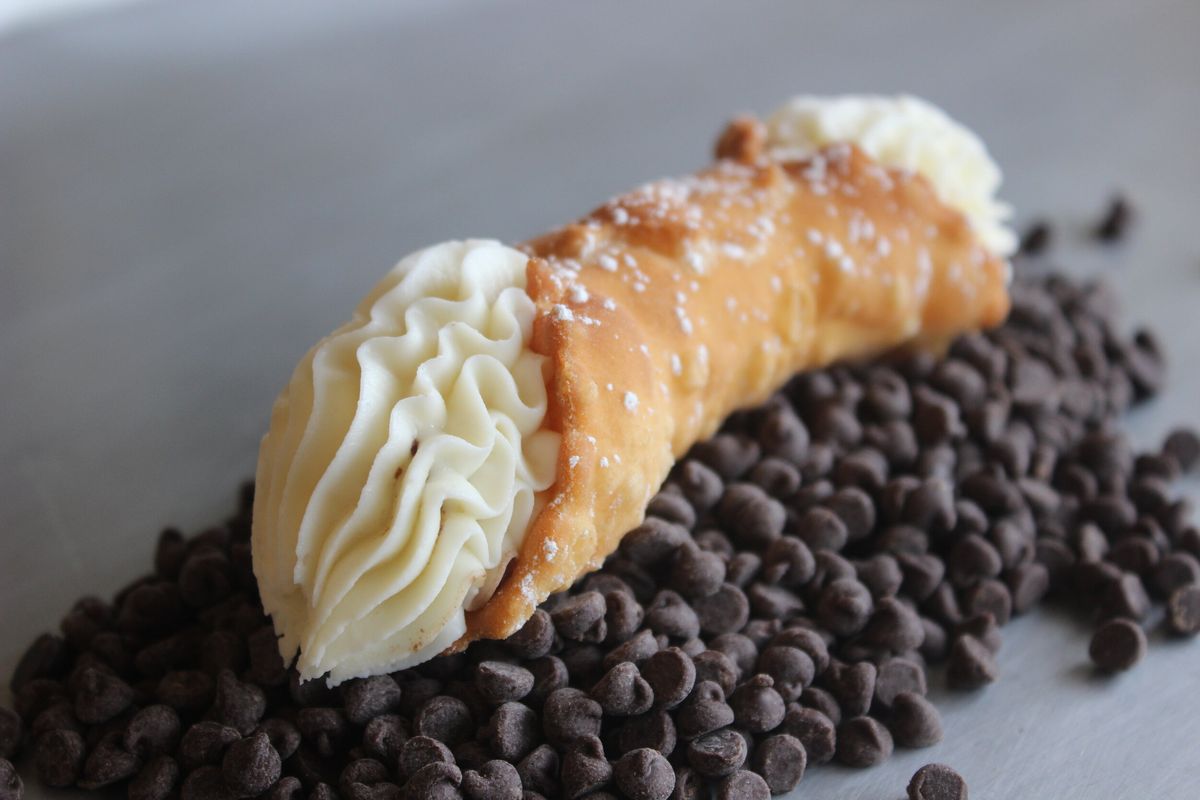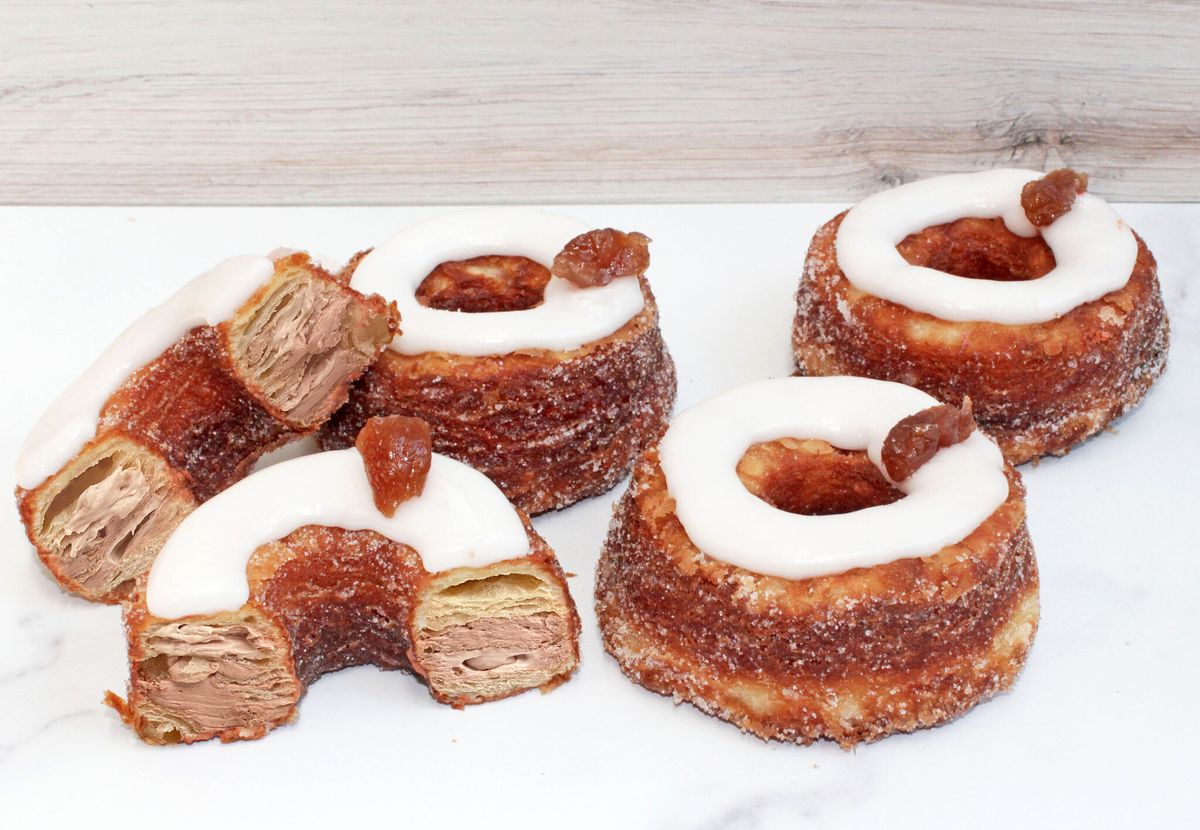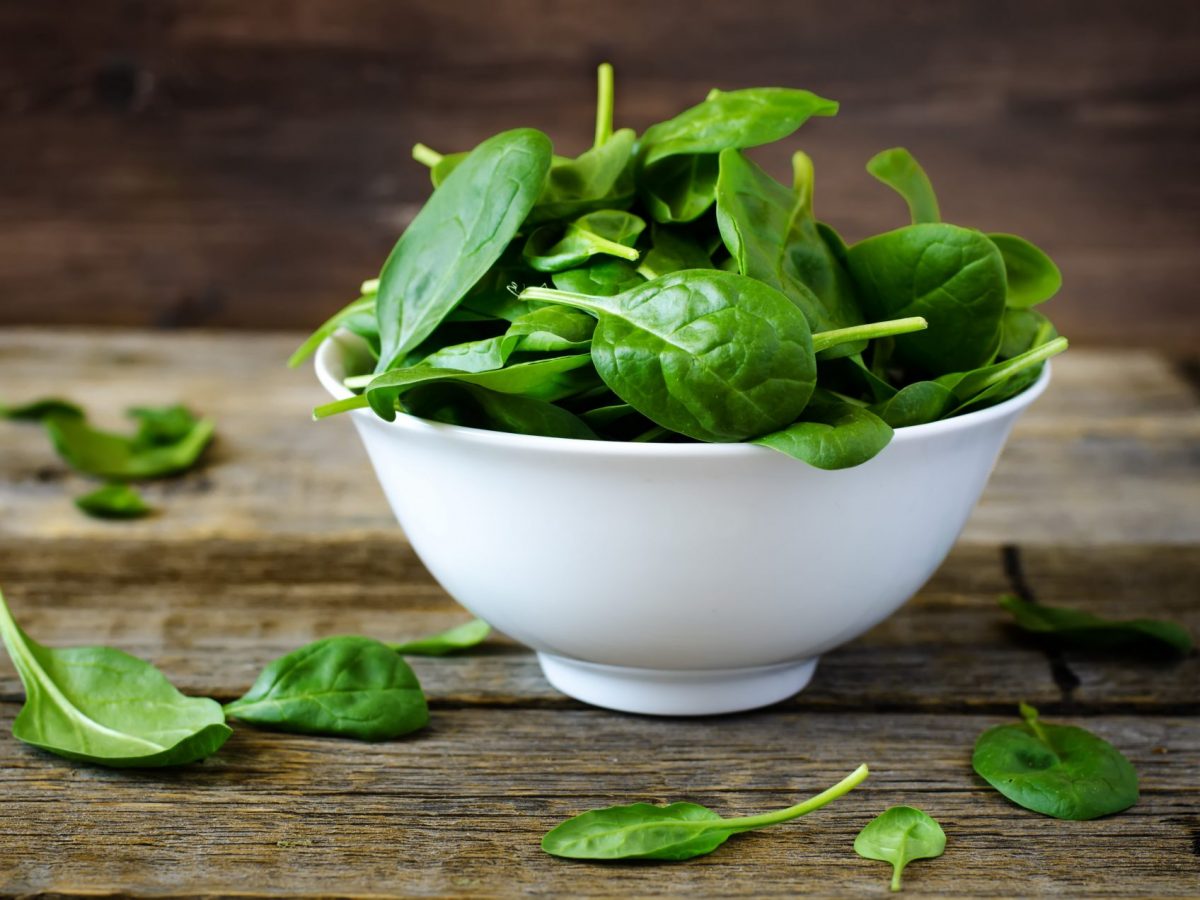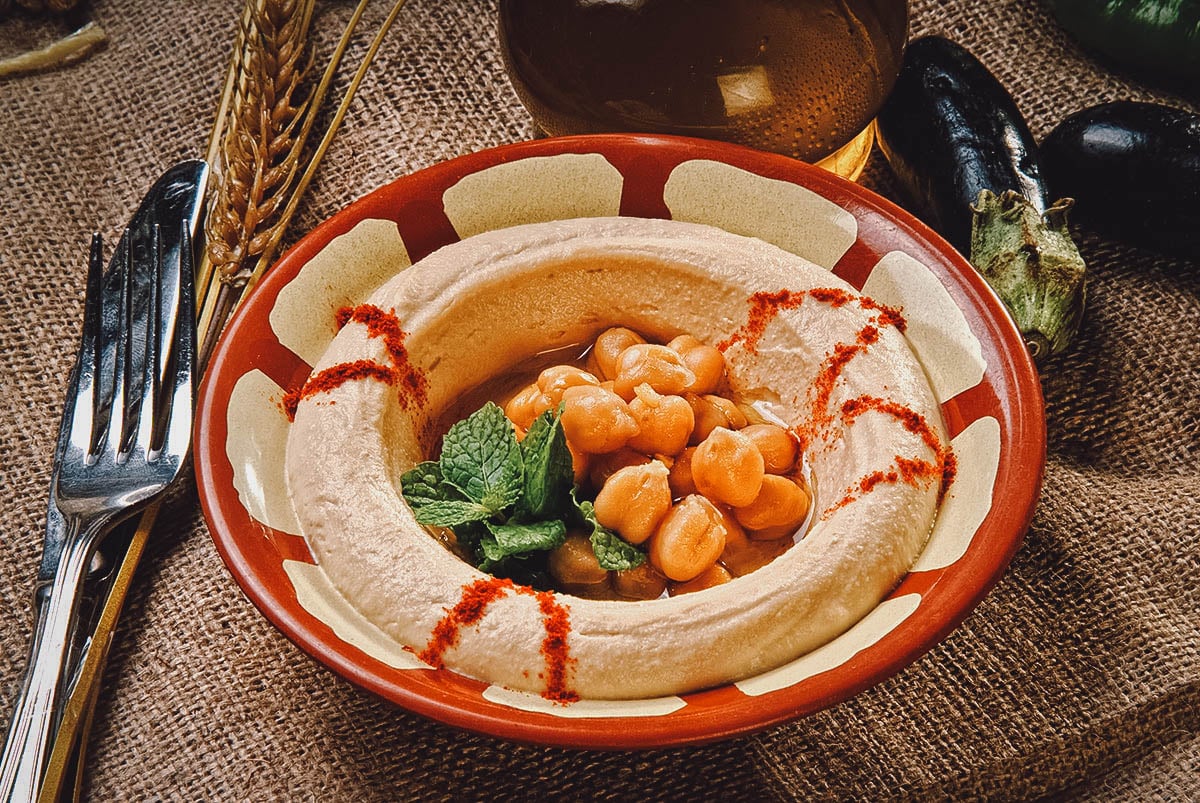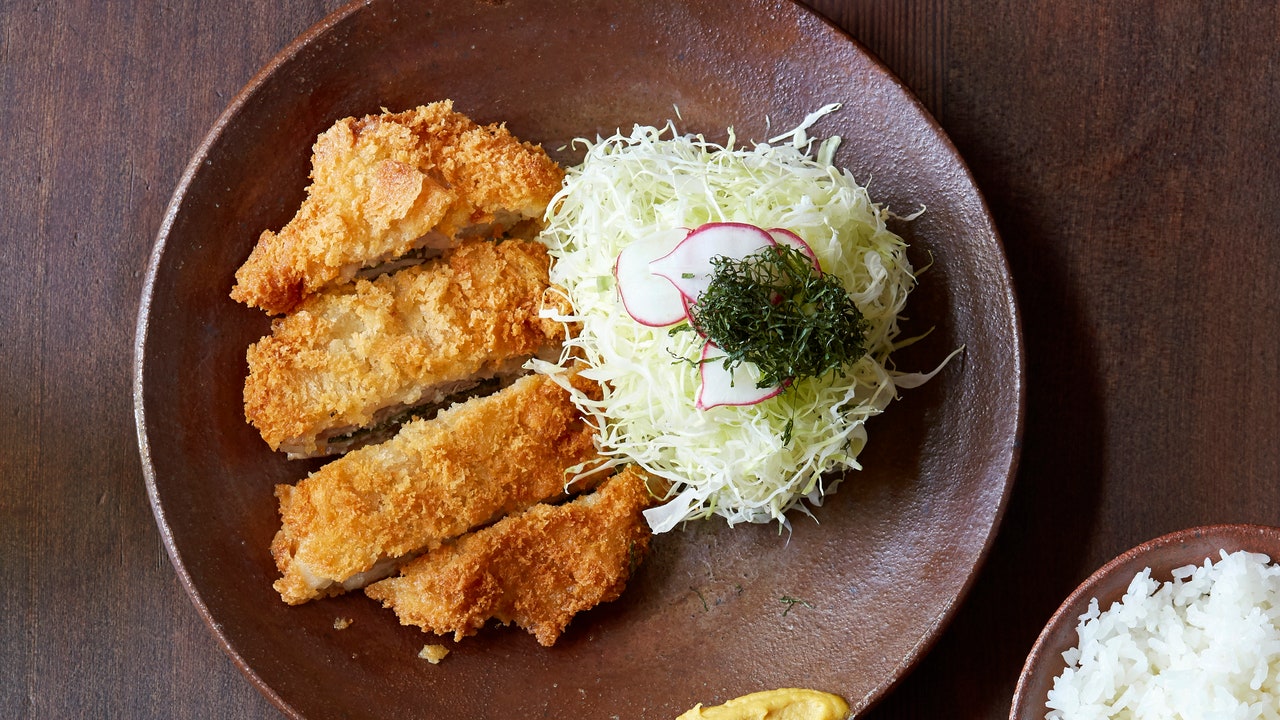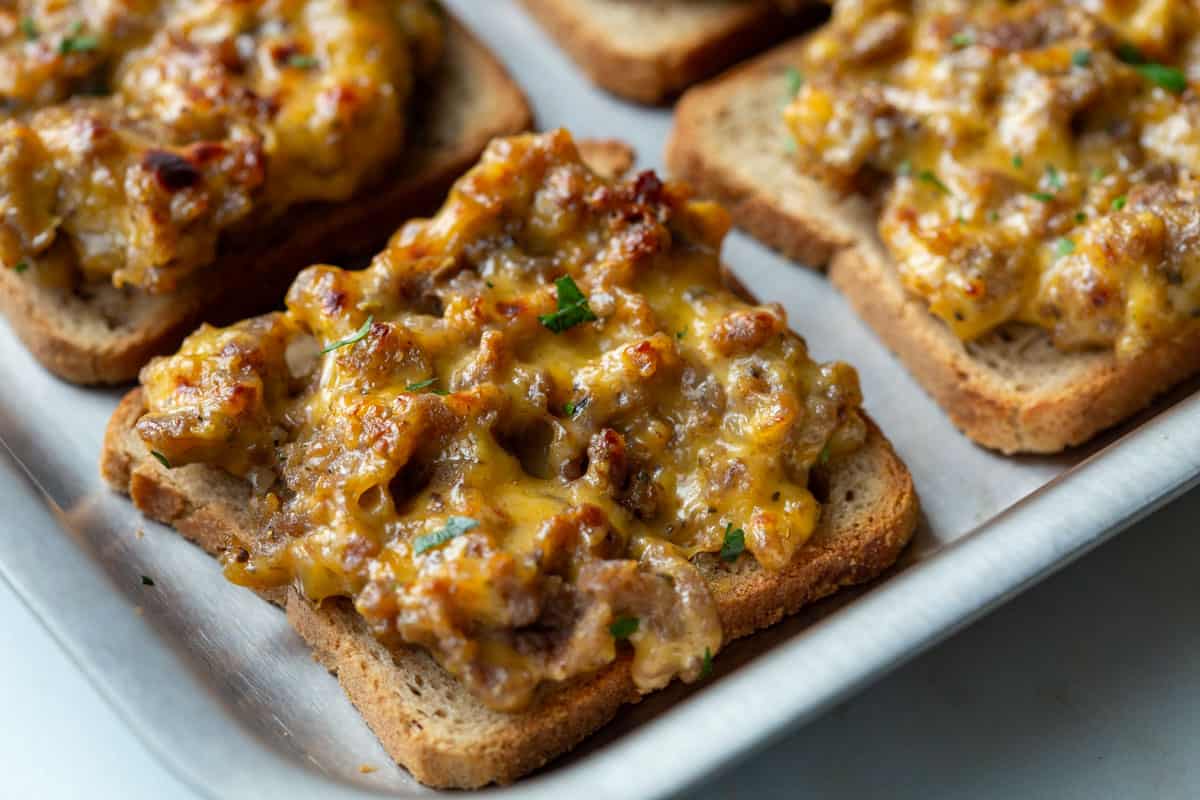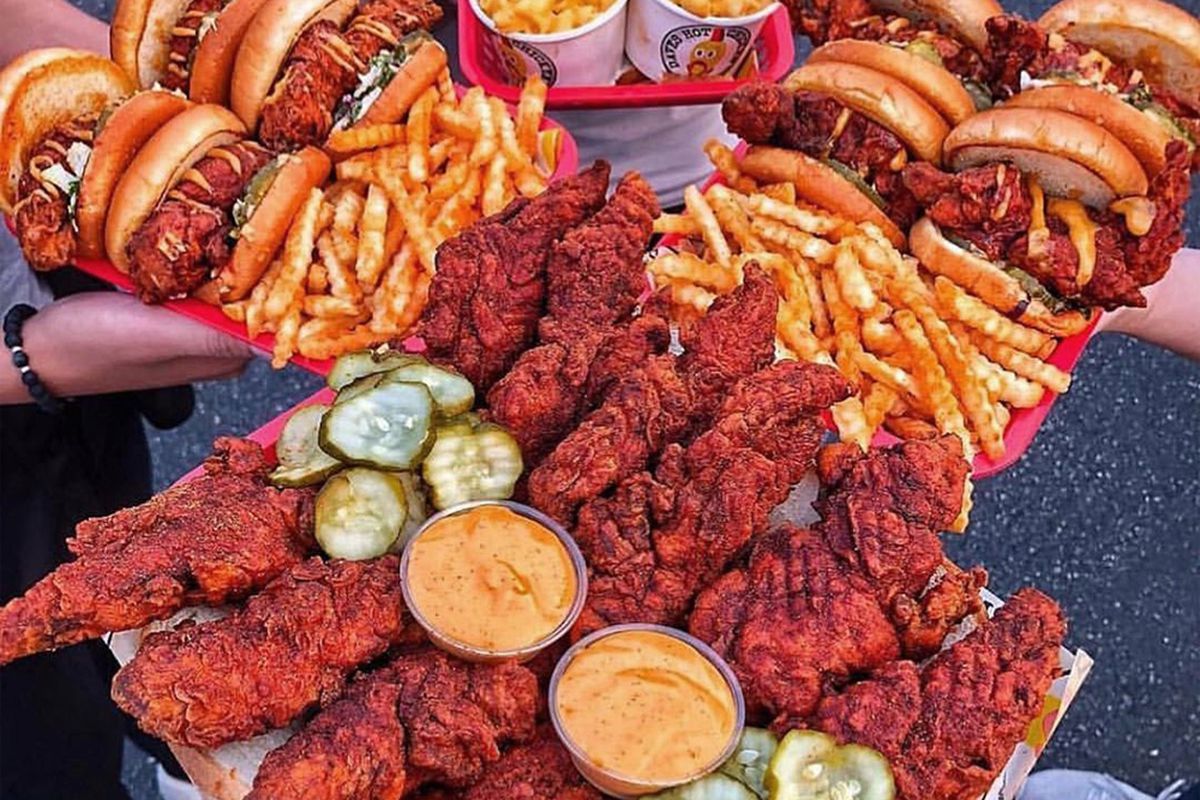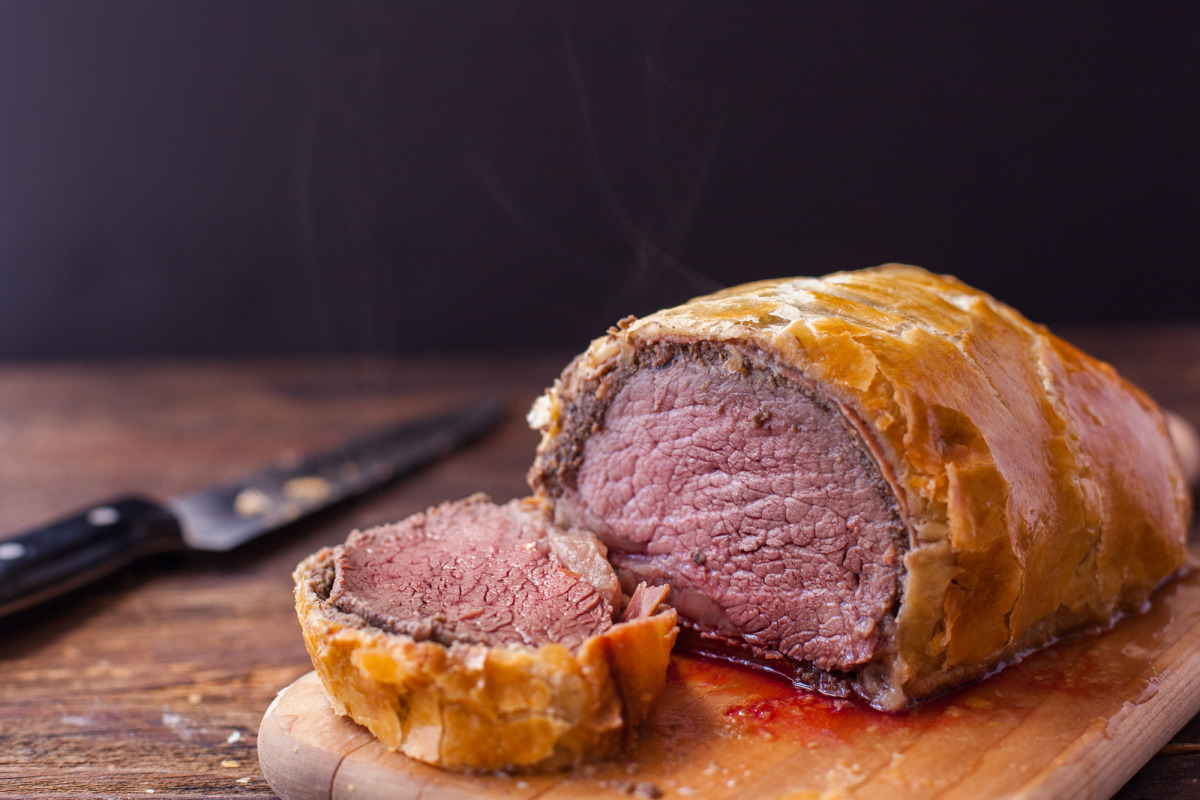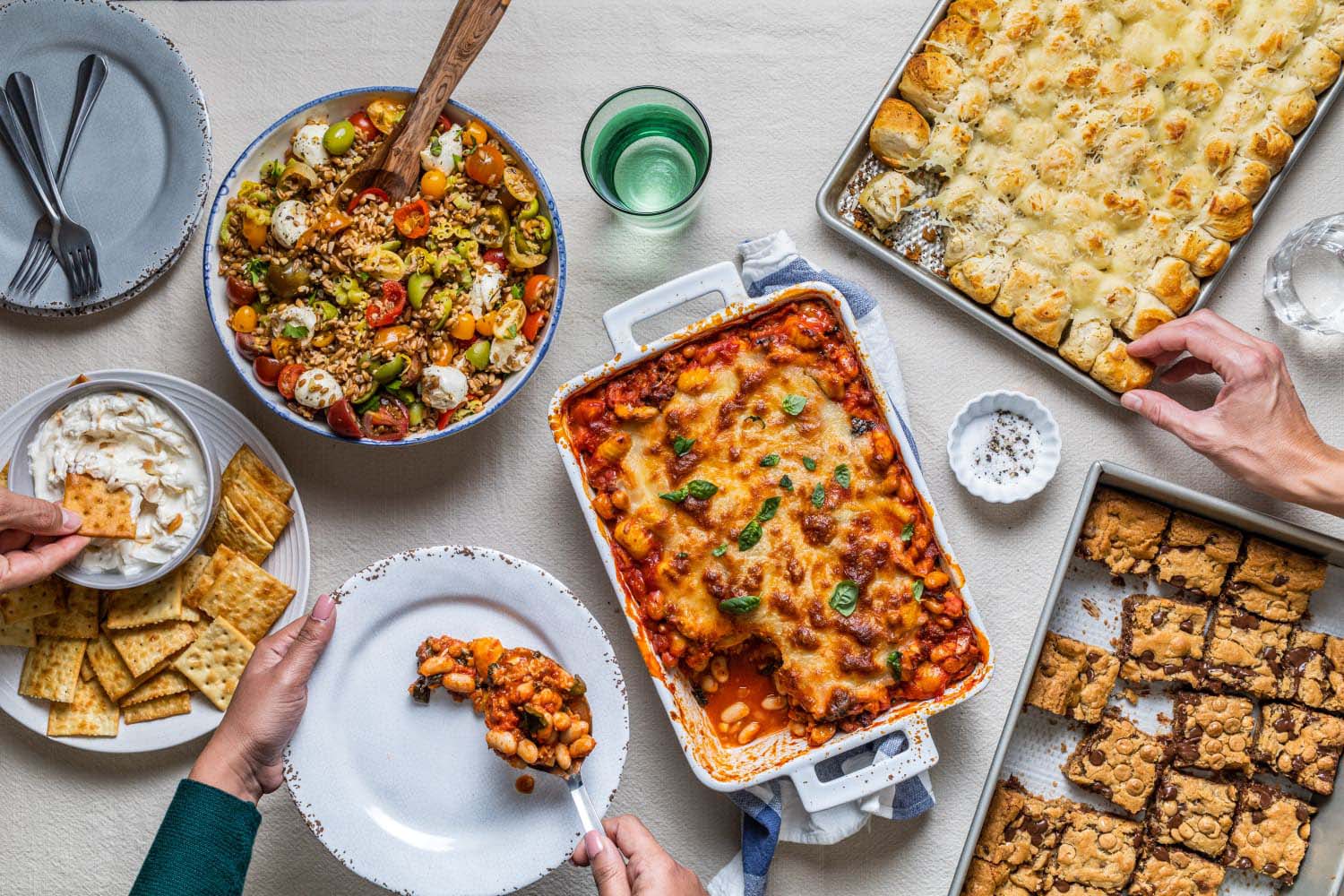The Versatile Role of Flour in Cooking and Baking
Flour is a staple ingredient in countless recipes, serving a variety of purposes in the culinary world. From creating structure and texture to thickening sauces and batters, flour plays a crucial role in both cooking and baking. Let’s explore the diverse functions of this essential ingredient.
1. Providing Structure
Flour contains proteins, particularly gluten, which gives dough its elasticity and strength. When combined with liquid and kneaded, gluten forms a network that traps carbon dioxide produced by leavening agents, allowing bread and other baked goods to rise. This structure is essential for creating the desired texture in products like bread, pizza crusts, and pastries.
2. Thickening Agent
When added to sauces, soups, and gravies, flour acts as a thickening agent. As it cooks, the starch in flour absorbs liquid and swells, creating a thicker consistency. This is particularly useful for achieving the right texture in dishes such as creamy macaroni and cheese or hearty stews.
3. Binding Ingredient
In recipes for meatballs, veggie burgers, and meatloaf, flour helps bind the ingredients together, preventing them from falling apart during cooking. This binding property is also essential for creating cohesive batters in recipes for pancakes, waffles, and muffins.
4. Coating and Crisping
When used as a coating for fried foods, flour creates a crispy, golden exterior. Whether it’s coating chicken for frying or dusting fish fillets before pan-searing, flour plays a key role in achieving that satisfying crunch.
5. Absorbing Moisture
In recipes for fruit pies and tarts, flour is often used to absorb excess moisture from the filling, preventing it from making the crust soggy. This allows the pastry to maintain its flaky texture while holding the fruit filling together.
6. Enhancing Texture
Flour contributes to the overall texture of baked goods, affecting their tenderness and crumb. Different types of flour, such as cake flour for delicate cakes or whole wheat flour for heartier bread, can be used to achieve specific textures in various recipes.
As you can see, flour serves a multitude of purposes in the kitchen, making it an indispensable ingredient for both amateur cooks and professional chefs. Whether you’re whipping up a batch of cookies or preparing a savory sauce, understanding the role of flour can help you achieve the perfect results in your culinary creations.
So, the next time you reach for that bag of flour in your pantry, remember the versatile and essential role it plays in the art of cooking and baking.
Was this page helpful?
Read Next: What Is The Best Cut Of Ham For Baking
